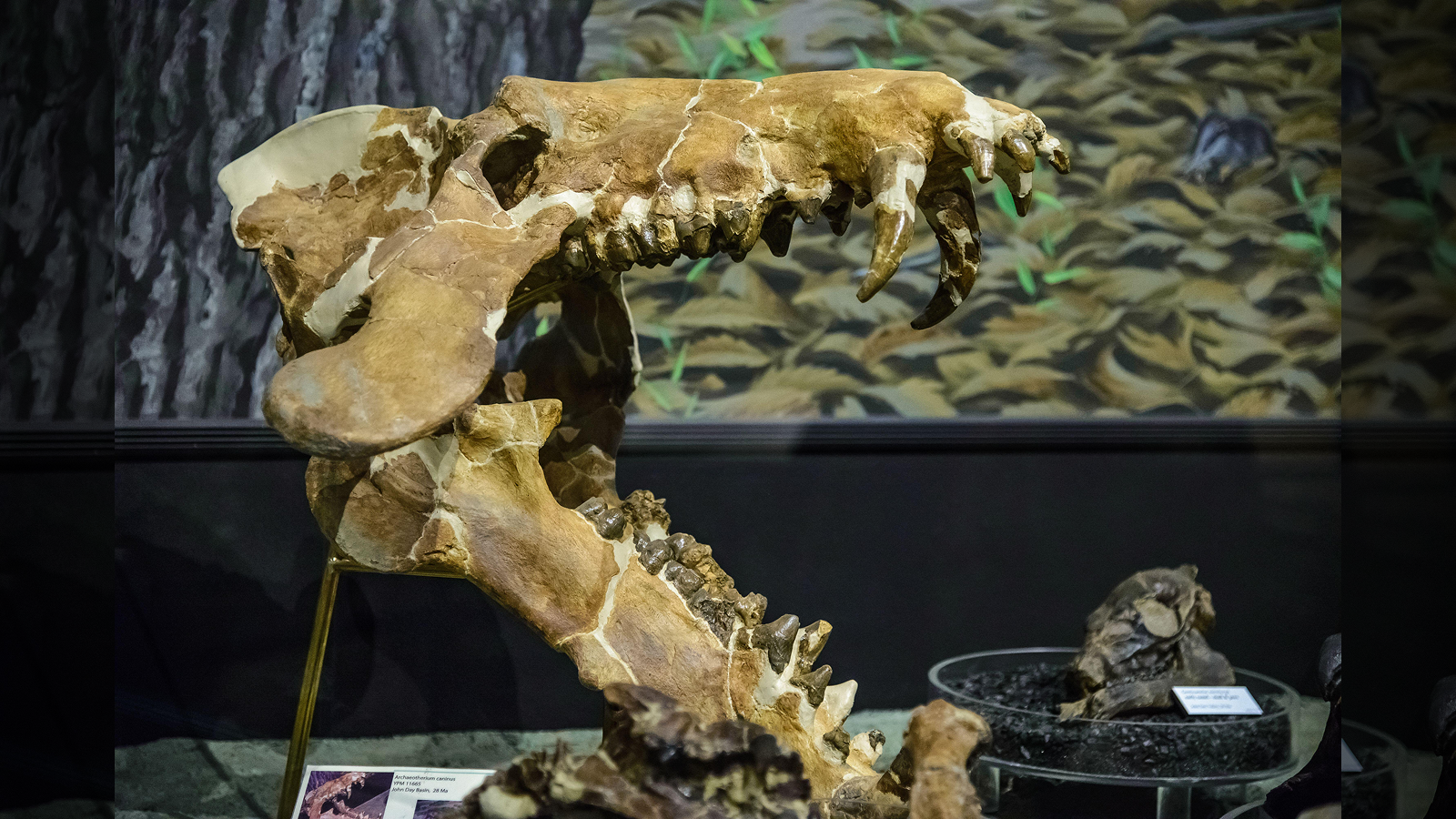
Bouncing Zoo Babies of 2011
Beautiful Bouncing Babies

The birth of a baby is always a happy occasion, and particularly so for the myriad animal species found in the world's zoos, many of which are endangered in the wild and count on zoo breeding programs to keep their populations viable.
Here, OurAmazingPlanet takes a look back at the little bundles of joy that arrived at zoos in 2011, including this little guy, a satanic leaf-tailed gecko, the first baby born at the San Diego Zoo this year.
January: Chinstrap Penguin
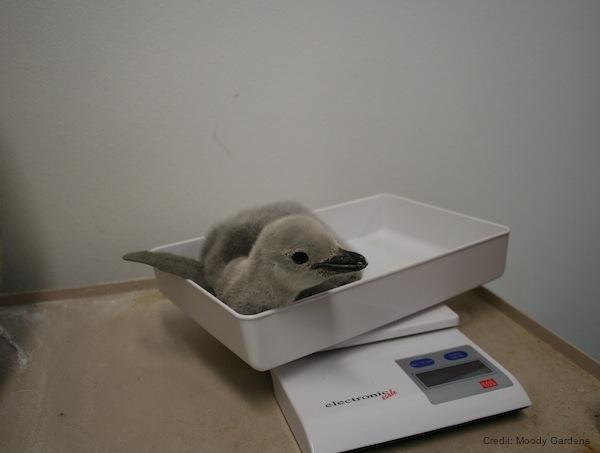
This ball of gray fuzz is a baby chinstrap penguin, born on Jan. 16 at Moody Gardens, an aquarium and science tourism complex in Galveston, Texas.
Wild chinstrap penguins make their home in Antarctic and sub-Antarctic regions. They're distinguishable from their emperor penguin cousins by a thin line of black feathers that wraps around their chins. Standing about two-and-a-half feet tall (76 centimeters), chinstrap penguins are also smaller than emperor penguins. [Gallery: Flightless Birds: All 18 Penguin Species]
February: African Black-Footed Cat
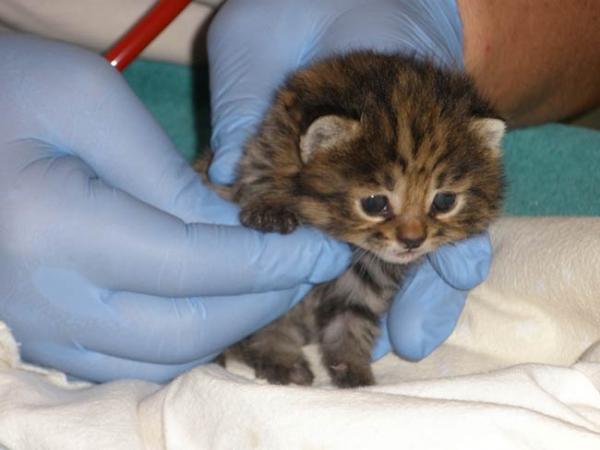
This furry little bundle of cuteness is an African black-footed kitten, one of two born Feb. 13 to a surrogate mother at the Audubon Nature Institute in New Orleans, La.
The kittens' history was several years in the making: Sperm was collected from a 6-year-old male named Ramses in Omaha, Neb., in 2003 and then frozen. Two years later it was combined with an egg, creating embryos. In December 2010 the embryos were thawed and transferred to a female black-footed cat named Bijou. Sixty-nine days later, the two kittens became the first of their species to be born as a result of in-vitro fertilization using frozen genetic ingredients.
Although the black-footed cats might look similar to domestic kittens found anywhere across the globe, their numbers, according to the Feline Conservation Federation, are very low. There are only 19 such cats in zoo collections in the United States, and only 40 around the world.
Native to arid regions of southern Africa, the black-footed cat is one of the smallest wild felines. The tiny cats, which average only about 3 pounds (1.4 kilograms) at maturity, are nocturnal and are poorly studied in the wild. While hunting them is prohibited, farmers in their range will sometimes poison or trap them.
March: Black Lion Tamarin
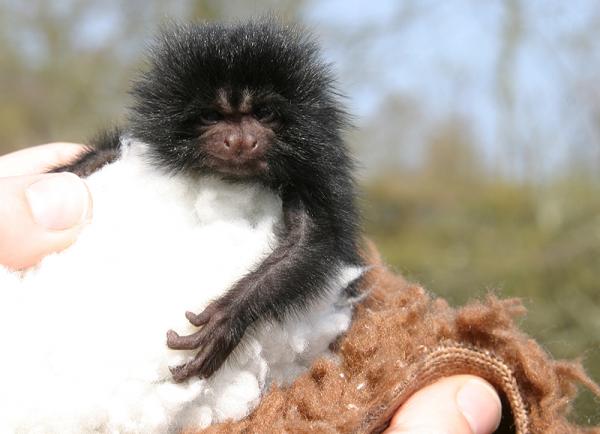
A baby black lion tamarin, a species of critically endangered monkey, was born March 22 at the Durrell Wildlife Conservation Trust in England, delivered by cesarean section.
Black lion tamarins are small monkeys, growing to only about 10 to 13 inches (25-33 centimeters) in length. Their long, silky black manes lend them their ferocious name. The species is also sometimes known as the golden-rumped lion tamarin because of a patch of golden hair on its rear.
The fingers of black lion tamarins are long and dexterous, as are those of the other lion tamarin species, and the monkeys are clever in proportion to their body size, they have more grey matter than humans.
April: Chinese Merganser Ducks

On April 26, the Wildlife Conservation Society's Central Park Zoo successfully hatched eight critically endangered Chinese merganser ducklings a first for any North American zoo.
The zoo has two breeding pairs of Chinese mergansers, or scaly-sided mergansers, a species of sea duck found in eastern Asia.
The Chinese merganser is listed as endangered by the IUCN Red List with populations estimated between 1,000 and 2,500 and falling. The decline is due to habitat destruction, pollution, illegal hunting and human disturbance of breeding territory. With these hatchlings, WCS's Central Park Zoo will contribute to the understanding of how to better conserve the species.
May: Spiny Turtle
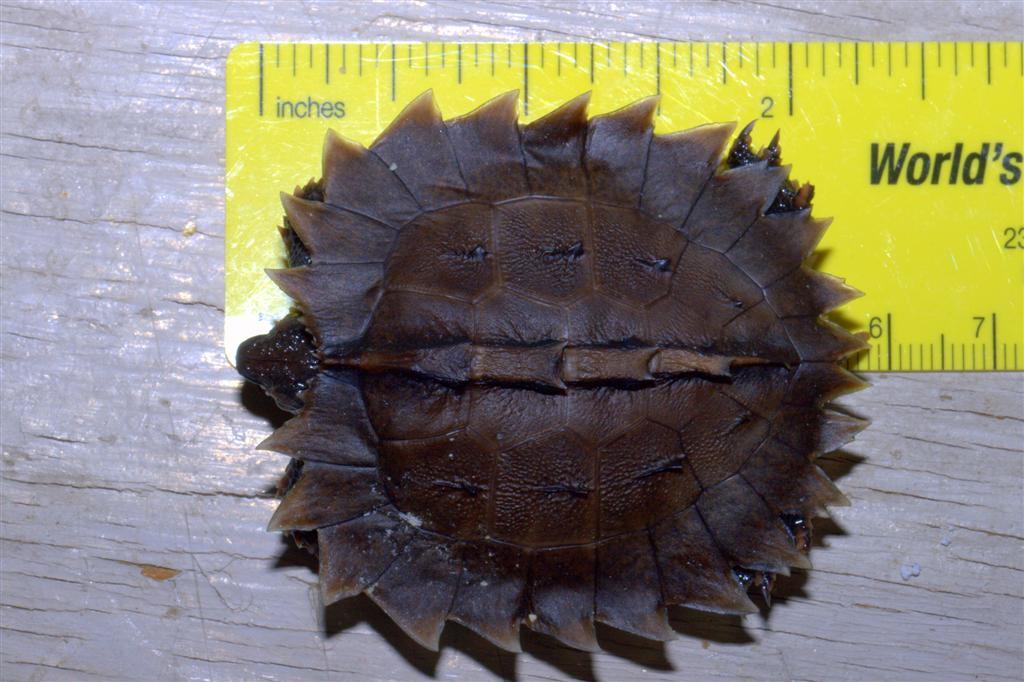
This spiny turtle (Heosemys spinosa) hatched on May 1 at the Tennessee Aquarium in Chattanooga. These turtles have shells with distinctive pointed edges and are sometimes known as cogwheel turtles.
The aquarium is one of a handful of institutions in the United States that has successfully bred the endangered species. Like many Southeast Asian turtle species, spiny turtles have been overharvested in the wild for food and traditional medicine trade [Shell Shock: 25 Turtle Species in Terrible Trouble]
June: Red Pandas
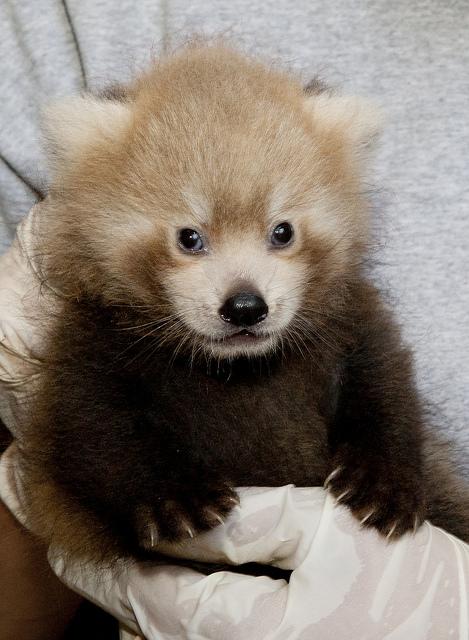
A red panda baby boom hit the National Zoo this year, with four of the rare creatures born to two mothers in June.The first set of panda cubs arrived on June 5, at the institution's Smithsonian Conservation Biology Institute in Front Royal, Va. Just 12 days later, another red panda gave birth at Smithsonian's National Zoo in Washington, D.C., on June 17.
Red pandas, sometimes called firefoxes for their reddish fur, bear a strong resemblance to raccoons, and feed on bamboo leaves, berries, flowers, small plant leaves and even bird eggs in temperate forests in western China, the Himalayas and Myanmar.
The species is listed as vulnerable, according to the International Union for the Conservation of Nature. There are roughly 2,500 adult red pandas worldwide.
Get the world’s most fascinating discoveries delivered straight to your inbox.
July: Giraffe
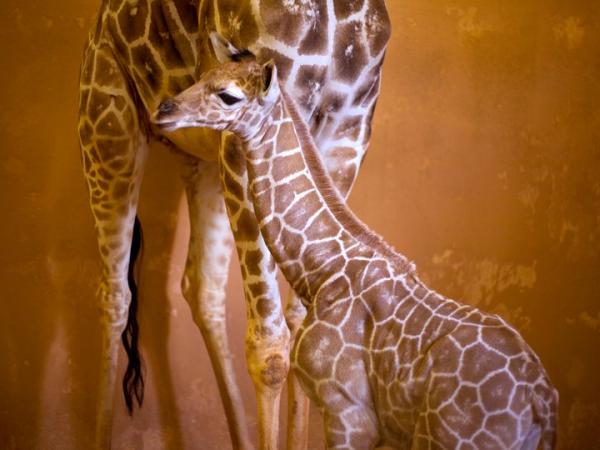
This spindly-legged giraffe calf was born in the early hours of July 22 and, like most healthy giraffe calves, could walk within just two hours.
At 6 feet (1.8 meters) tall and weighing in the neighborhood of 125 pounds (56 kilograms), Zoo Atlanta's newest baby was already bigger than many humans, but still had lots of growing to do.
August: Siamese Crocodiles
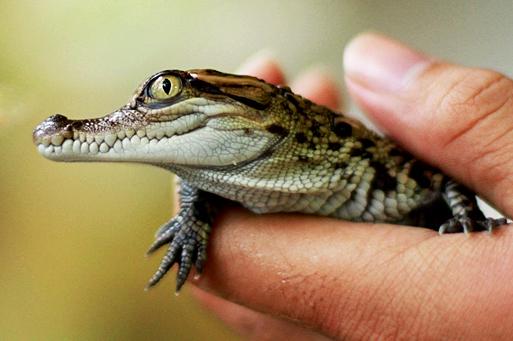
Working with the government of Lao PDR, the Wildlife Conservation Society helped to successfully hatch a clutch of 20 Siamese crocodiles, a species threatened across its range by hunting, habitat fragmentation and loss, and other factors.
Hatched from eggs taken from the wild and incubated at the Laos Zoo, the baby crocodiles represent a success for a new program that works to save the Siamese crocodile and the wetlands and associated biodiversity of Laos' Savannakhet Province. [Related: What's the Difference Between Alligators and Crocodiles?]
September: African Elephant
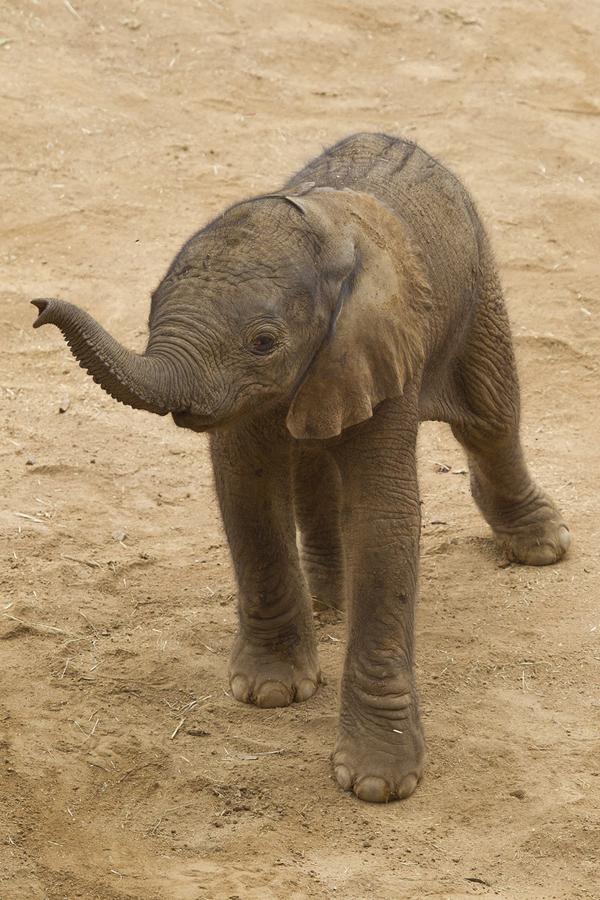
This male African elephant calf was born at 5:45 a.m. on Sept. 26, at the San Diego Zoo.
In the rare moment caught in this picture, the calf stood alone after he had wandered off a few steps, but shortly thereafter his mother, 5-year-old sister Khosi (koh-see), and 2-year-old brother Ingadze (in-Gahd-zee) rushed over to tend to the unnamed calf. Throughout the day the family watched over their newest member, letting him only stray a few feet.
October: Western Lowland Gorilla
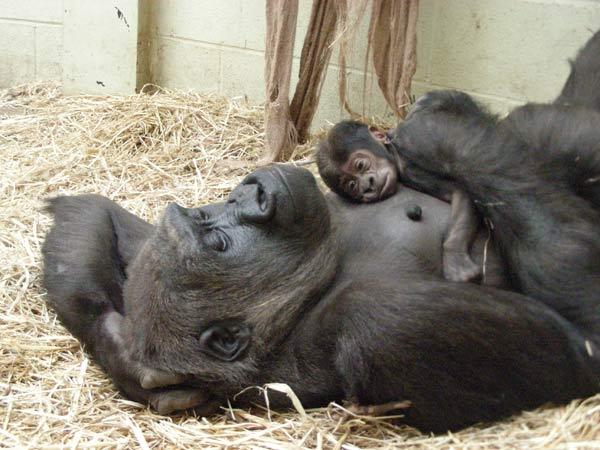
A little bundle of gorilla joy was born at the Zoological Society of London's London Zoo on Oct. 26.
The little male was born to first-time mother Mjukuu.
Western lowland gorillas (Gorilla gorilla gorilla) are the largest living primates and are native to Cameroon, Central African Republic, Gabon, Congo and Equatorial Guinea. They are listed as critically endangered on the IUCN Red List of Endangered Species.

